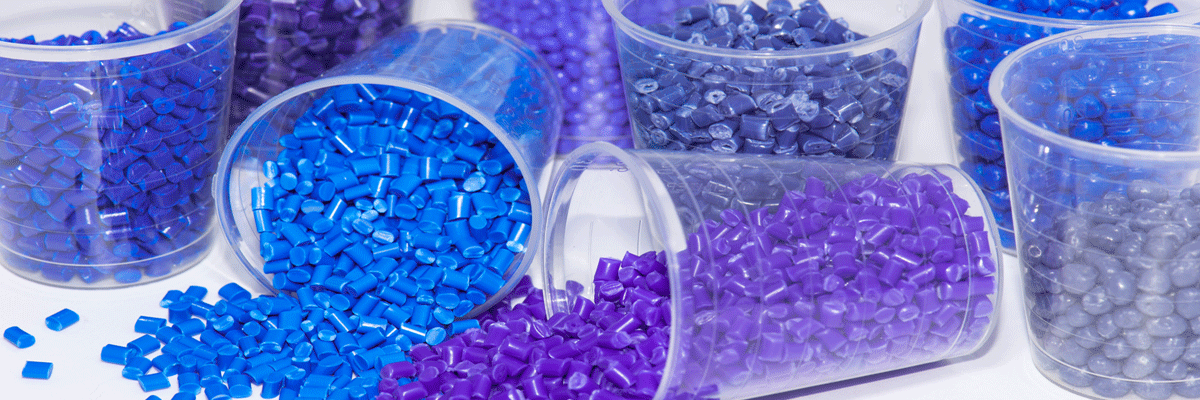Thermoplastics are defined as polymers that can be melted and recast almost indefinitely. They are molten when heated and harden upon cooling. When frozen, however, a thermoplastic becomes glass-like and subject to fracture. These characteristics, which lend the material its name, are reversible, so the material can be reheated, reshaped, and frozen repeatedly. As a result, thermoplastics are mechanically recyclable. Some of the most common types of thermoplastic are polypropylene, polyethylene, polyvinylchloride, polystyrene, polyethylenetheraphthalate and polycarbonate.
Properties
Thermoplastics have a simple molecular structure comprising chemically independent macromolecules. Upon heating, they are softened or melted, then shaped, formed, welded, and solidified when cooled. Multiple cycles of heating and cooling can be repeated, allowing reprocessing and recycling.
Applications
Thermoplastics have been around for a long time and are an important component of everyday life today. For example:
-
Acrylonitrile butadiene styrene (ABS) is a thermoplastic used to manufacture:
-
Sports equipment.
-
Toys (for example LEGO® blocks).
-
Various automobile parts
-
-
Polycarbonate is used to make:
-
CDs and DVDs.
-
Drinking bottles
-
Food storage containers
-
Eyeglass lenses.
-
-
Polyethylene is probably the most common thermoplastic and is used to make:
-
Shampoo bottles.
-
Plastic grocery bags.
-
Bullet-proof vests.
-
For more information, see: simple.wikipedia.org/wiki/Thermoplastic








